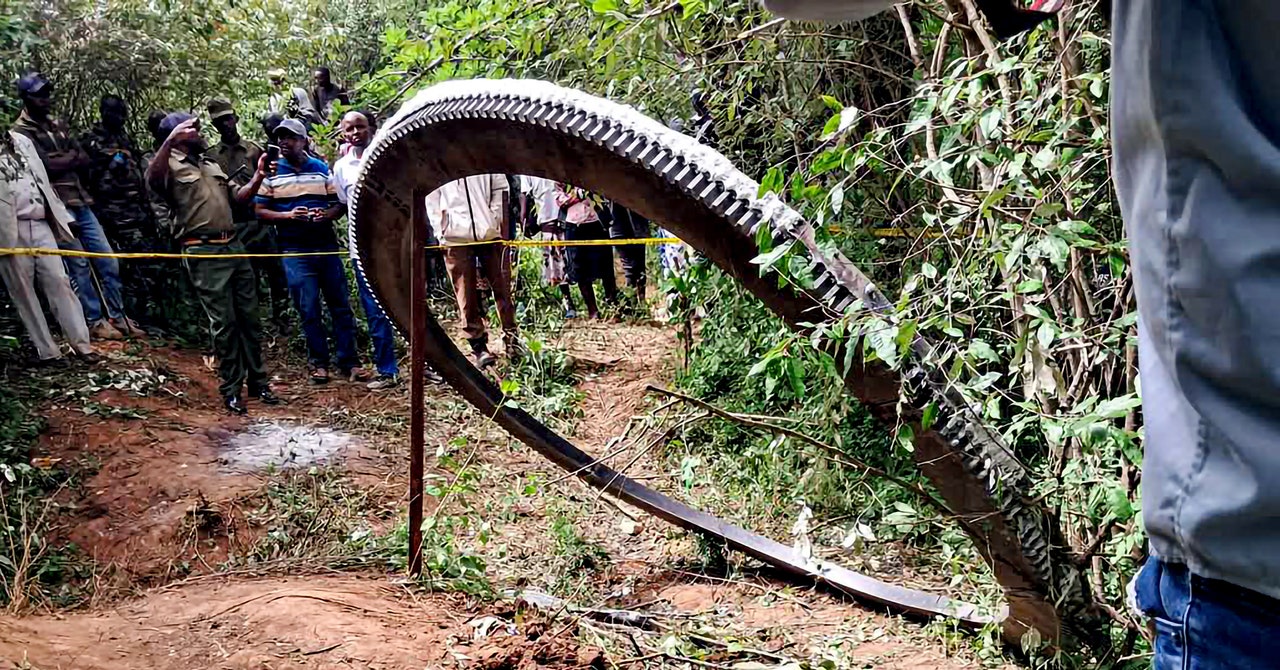
My journey from New York City to Baku, Azerbaijan, host of this year’s UN climate change conference (COP29), took me over seven thousand miles of earth and sea. I arrived in Baku at night, where colorful, flame-shaped towers define the landscape of this city. Once a Soviet Republic and now an oil rich petrostate, Azerbaijan shares borders with Iran, Armenia and Russia.
Over the next two weeks, more than 60,000 world leaders, experts and members of civil society exchanged ideas and information, while high-level negotiations with delegates from nearly 200 countries took place in secured rooms.
I serve on the steering committee for UNFCCC Entertainment & Culture for Climate Action Film & TV (ECCA). As an educator, filmmaker and climate leader in the entertainment industry, I was keen to follow conversations around finance, human migration and the role that culture can play as a climate solution. I highlight these issues in my Climate School course, Climatic Change: Storytelling Arts, Zeitgeist and Our Future. Representing 11 countries and 10 U.S. states, we are an interdisciplinary classroom of passionate students from the Climate School, School of the Arts, architecture and international policy. We study complex geopolitical climate themes and explore unique storytelling approaches to climate solutions. We create stories that are urgently needed in the global entertainment and culture industries, including film, television, creative writing, theater and digital media.

When we think about climate, we cannot underestimate the power that stories have in evolving norms of behavior, values and belief systems. Narratives grow from story patterns, compelling characters and the ideas that emerge when audiences engage and share ideas. Research has shown that emotional connections to stories and knowledge about climate can awaken our senses and spawn imagination. Stories, much more than informational news media, can motivate an embrace of scientific research and civic engagement.
My students are very worried about the impacts of climate change happening in their home countries—the rise of sea level in Mexico and Malaysia, and Pakistan’s catastrophic flooding, critical heat and water crisis. While some students are from countries considered the highest carbon emitters (U.S., China), others are from countries suffering high precarity—and in some cases, both are true. As the fall semester began, one student lost their childhood home, belongings and memories, in an extreme weather event in Houston, Texas. Another student from Mexico filmed the first forced coastal evacuation in her country.
The 2015 Paris Agreement includes the overarching goal to empower members of society to engage in climate action through education, training and public access to information. Our class examines the role storytelling can play in shifting behavior and public opinion around extraction, consumption and the ways global warming is transforming our lives. Independent films and popular culture often capture moments of zeitgeist with the potential to inspire feelings of connection, understanding and human agency. More than once during COP29, I heard speakers refer to climate as “everything, everywhere, all at once,” the title of a 2023 Oscar award-winning film about humanity, multiverses and the “fossilized” systems in which we live.
The Climate School was a partner in Baku for “Knowledge Day,” at the Climate Mobility Pavilion, where forced displacement and perceived risk were big topics of discussion. Lisa Dale, director of the M.A in Climate and Society program, moderated a panel about how to foster a dignified relocation for those undertaking some form of climate mobility. as we heard from experts, policymakers and voices representing the Global South and Pacific Island nations. Our class also read Dale’s book, “Climate Change Adaptation,”in which she asks, “How can a rural farmer in Bangladesh, or a small-town mayor in Iowa, or an urban planner in Tokyo, translate the likelihood of sea level rise into something meaningful to their communities? How do community leaders and decision makers at all levels access actionable scientific information?”
In our early sessions at Columbia, my students read Amitav Ghosh’s 2016 book, “The Great Derangement: Climate Change and the Unthinkable.” Ghosh speaks to a turn in the politics of climate change in the Anglosphere: “Instead of being seen as a phenomenon that requires a practical response, as it is in Holland and Denmark, or as an existential danger, as it is in the Maldives and Bangladesh, it has become one of many issues that are clustered along a fault line of extreme political polarization.”
One topic of discussion in our class is the “climate silence” in major film industries, including Hollywood. Recent initiatives to promote “climate mentions” in film and television programs are a soft effort compared with the decades of anti-climate change narrative campaigns curated by the fossil fuel industry. Greenhushing by studios, and the reluctance to attribute extreme weather events to global warming in content, are likely due to fears of government regulation, and profit loss via advertising revenue and ticket sales—abetted by media-driven ideological attacks on climate science.

At COP29, as an ECCA representative, I spoke on panels about the need for climate storytelling, and “radical collaboration”—a term the UN uses for multi-stakeholder engagement, and one that aptly describes the synergy of the groupthink process that happens in our New York classroom. I was in a vortex of culture and stories, alongside real-world negotiations. Meanwhile, in New York, my students voiced concerns about the reported 1,700 fossil-fuel lobbyists attending the conference. They discussed “Borgen: Power & Glory,” the Danish series on Netflix, in which Greenland discovers oil and the country’s foreign minister is forced to confront her own relationship with her ideals, political values and her powerful position.
In Baku, leaders from the Pacific, the Caribbean and Africa argued vigorously, pressing for action from wealthier extractivist countries. Oil industry obstructionism was remarkably on display. Delegates struggled in tense and bruising negotiations to reach consensus on a new global climate finance goal. In overtime, the goal was raised to an annual $300 billion by 2035—far short of the stated need for vulnerable nations whose survival is at stake from sea-level rise, scarce resources and extreme heat.
During my time at COP29, I engaged with a fascinating range of experts, journalists and community leaders like Bridget Kakuwa, a farmer in Botswana working with the Department of Agriculture as a liaison between farmers and government. I met Teddy Mugabo, the first female C.E.O. of Rwanda Green Fund, working in a country where 70% of the population is under the age of 30, and where hydro and solar represent 53% of the total electricity generated.
At the Climate School, my students have begun to focus on their final projects. Employing elements of climate science and popular culture, they are working to coax audiences into inspired conversations about our future. Amplifying the connections from our collective work with visual and literary storytelling craft, they create impressive proposals for perspective-shifting animation, dramatic features, short films and book proposals for multicultural stories.
In conveying the often-tumultuous conversations from COP29 to my students, I see more than ever that a multidisciplinary approach to climate is not only radical, but essential. By investing in our imaginations and narrative stories, we can support the human values of care and scientific solutions; we can help all nations in dire need of resources and funds to adapt and survive climate change.
We must work collectively as artists, citizens, farmers, scientists, humanists, engineers, experts and policymakers to create stories for a healthier and safer future for our families, communities and countries—and for the generations to come.
Views and opinions expressed here are those of the authors, and do not necessarily reflect the official position of the Columbia Climate School, Earth Institute or Columbia University.










Leave a Comment